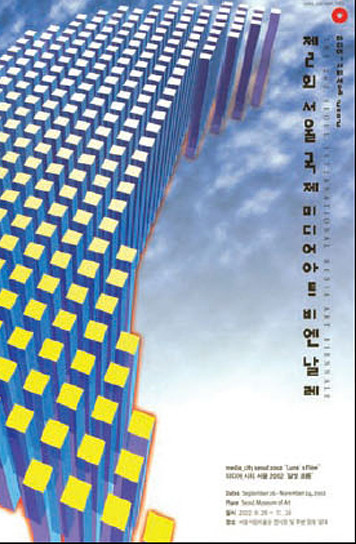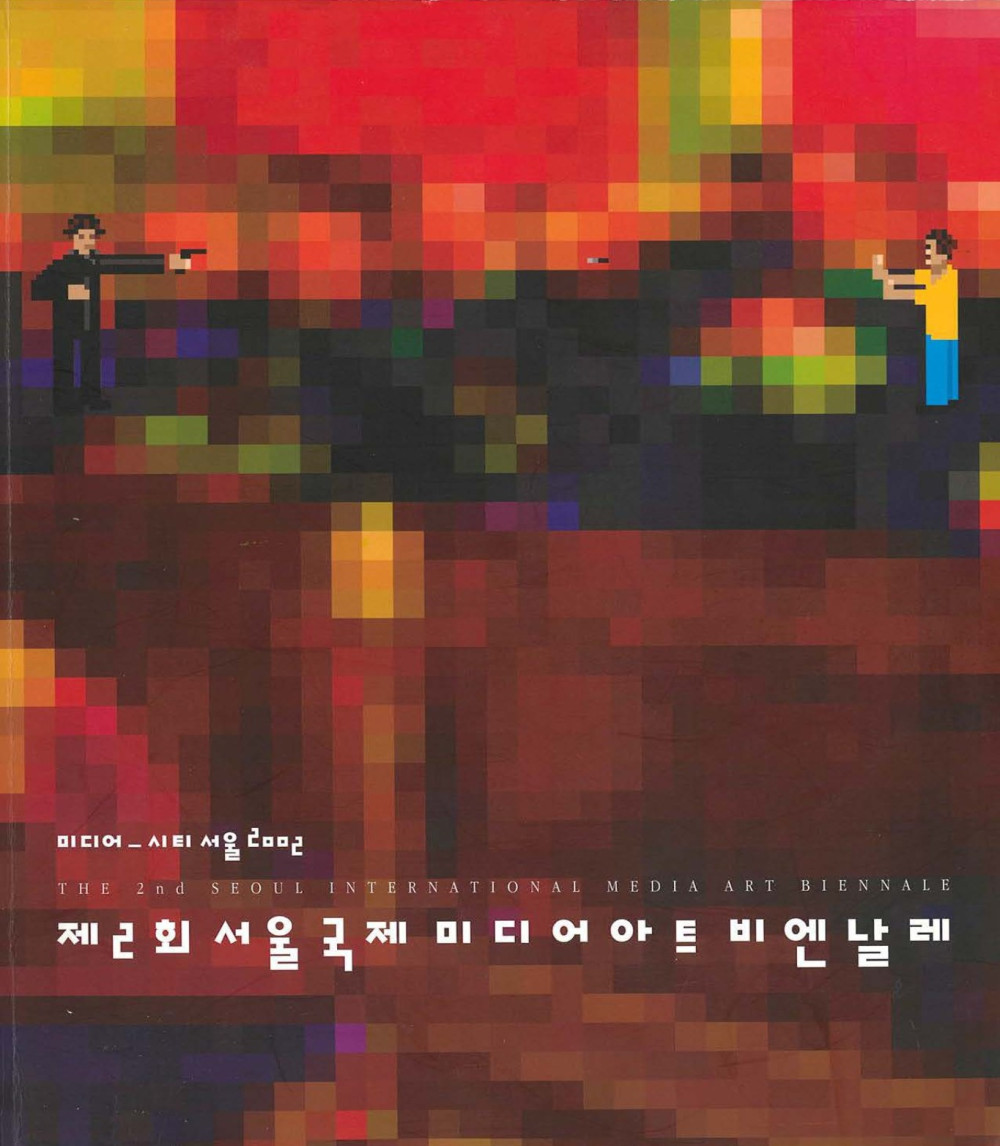In the late spring of last year, I created Points of View. The title itself contains a double meaning. First, this animation allows the audience to look at fragments of daily life in the British city of Brighton. More specifically, it attempts to communicate an analysis of people’s points of view in the form of stereotyped assumptions about others.
There are eight characters that the audience encounters: the man cycling through the park; the guy skating through Sidney Street; the blond woman crossing the road; the man with the hat who, while passing by, looks at the woman watching a shop; the man entering Kensington Street; the girl looking at the jewelry; and finally, the two characters on the beach. I wanted to allow the audience to form their own assumptions about the various characters encountered throughout the journey. Therefore, I gave specific personalities to the characters but did not force any type of classification. It is in the final episode that an emphasis further shapes this aspect of the act of stereotyping. The scene takes place on the beach between a man reading a newspaper and a young skateboarder who accidentally bumps into him. Only in this final part do the characters themselves formulate outspoken stereotypes about each other. Here, my point is that it is through spoken language that these assumptions — originally found in the act of thinking itself — are shaped and constituted as classifications of the other.
Hence, in this animation, there are multiple points of view creating its significance. The first, of course, is my own, which shapes Brighton not in its objective appearance but through my perspective; the second is that of the audience, who interpret and shape ideas of the characters and the artist who created them; finally, there are the characters themselves. Thus, in the process of animating people, I also wanted to show how the process of stereotyping happens in daily life; therefore, my characters observe each other through their different points of view.
Beyond the analysis of stereotypes, the aim of this piece was also to reproduce the reality that I perceive through my point of view. To do this, I carried out the same creative process used by artists who work with real matter. This latter point is directly related to my personal history and to the shaping of my ideas about art. While studying Fine Arts in high school and further in my first degree in the Department of Sculpture, I acquired knowledge of classical, modern, and contemporary art. After nearly a decade of work applied through an understanding of techniques, materials, colors, chiaroscuro, and drawing from life, I moved to England to start my second degree in Animation, Media & Society. Since two years ago, I have furthermore started to reverse my fine arts skills in a digital environment. Moreover, the awareness that the position of the artist and his/her tools are changing has pushed me toward a challenge common to many artists who consciously look for new patterns of language. Although artists have many new technologies and skills at their disposal, enabling them to project themselves into new ways, I feel that if they don’t use and learn from the classical skills of the past, their future possibilities will be without a foundation.

